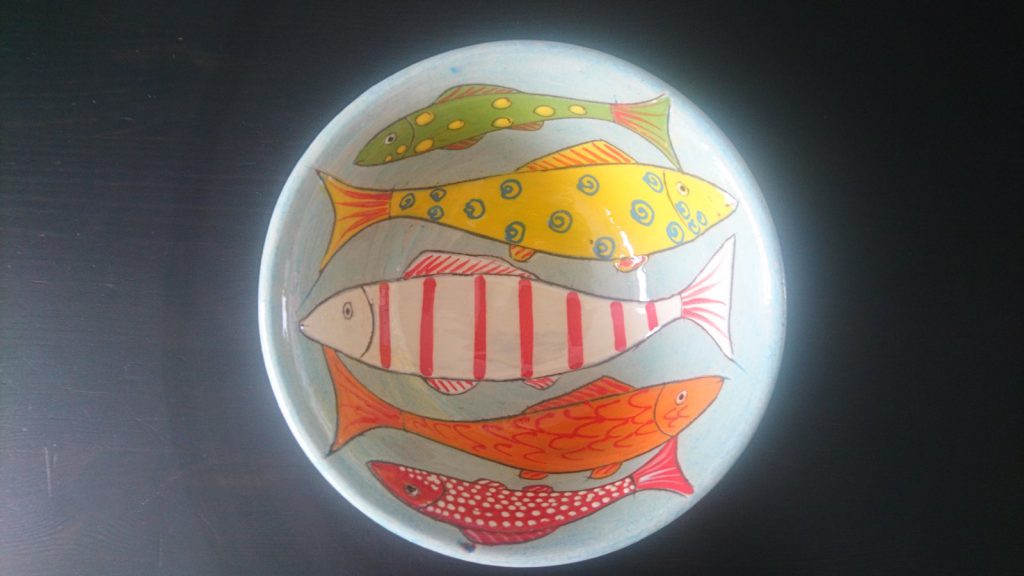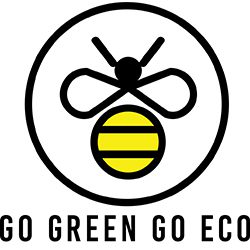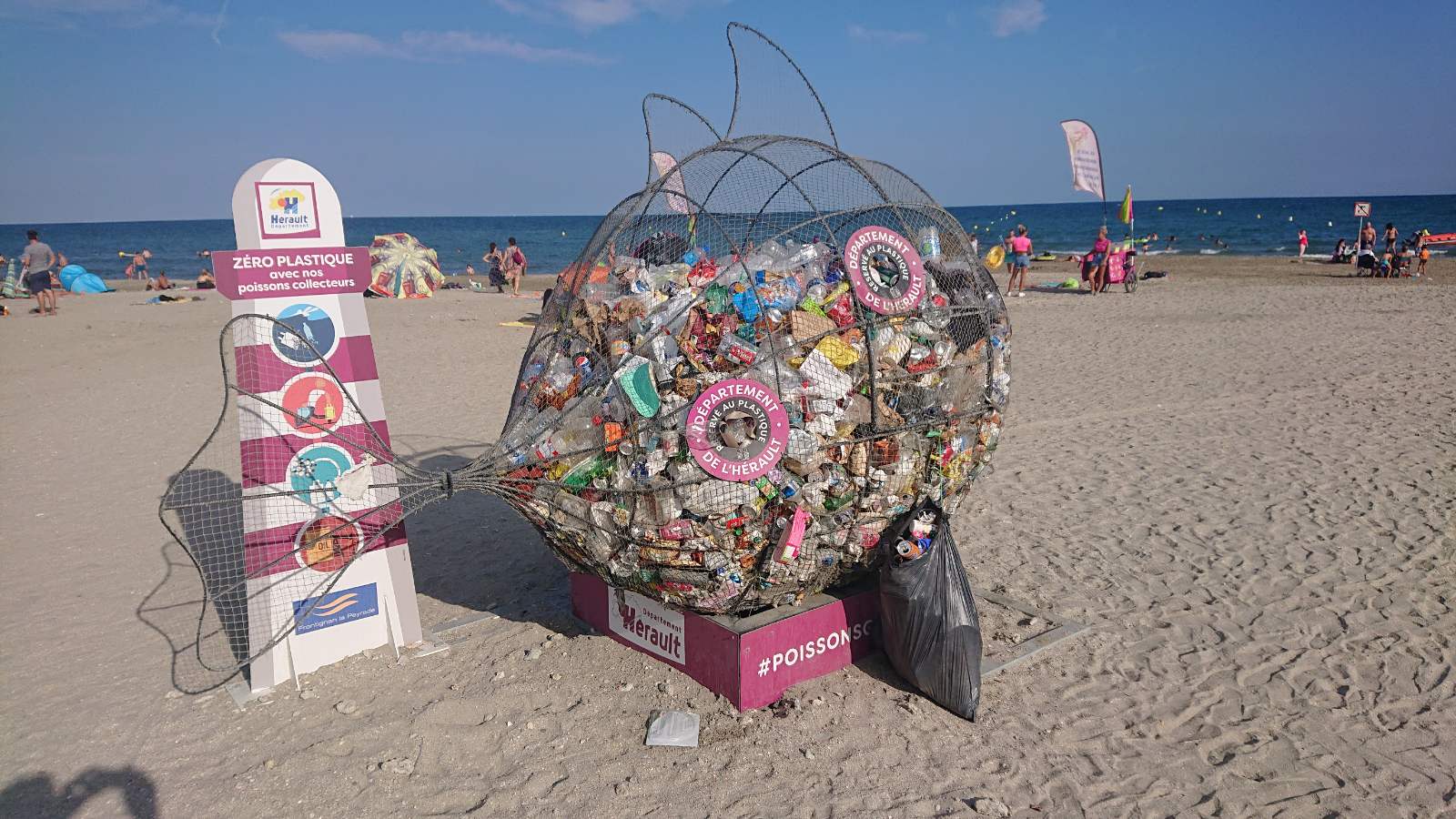
Now summer is over and temperatures feel much more like autumn, I thought I would share a few tips and ideas for eco friendly travel. My green steps journey to more sustainable life started this spring and this holiday season gave me first insights of adjustments I need to make when travelling.
1. Staycation
While the key element of saving the planet is staying local and using most eco friendly modes of transport, with my family and friends abroad it’s not possible for me. But this could be a good starting point for those with dearest and nearest nearby, and who would like to consider relaxing trips in their own region or country. This is a perfect opportunity to discover new places run by local families or eco friendly campsites. No boring airport wait and luggage limits, often cheaper prices (although sadly not always) and no currency exchanges or booking months in advance.
Only 2-3% of the global population fly in any given year, but a small number of very wealthy people fly a huge number of times each year. Tourism related transport emissions represented 22% of all transport emissions in 2016 and will continue doing so by 2030 (21%) according to a landmark report from the World Tourism Organisation (UNWTO) and the International Transport Forum (ITF)
Resilience.org
2. Travel offsetting
If flying is the only way to get to places, there is not much that can be done regarding carbon footprint. There is hope though that with airlines recovery, there will come greener flights. According to The International Air Transport Association (IATA) “The world must “build back better” from the COVID-19 crisis with attention focused on investment in carbon reduction technologies and in sustainable aviation fuel (SAF), which will create jobs at this critical time and boost aviation’s progress towards its goal to cut aviation emissions to half 2005 levels by 2050.”
But in the meantime, each of our air trips can be offset. Simply type in your browser ” how to offset my trip” and choose a company you wish to go ahead with. To get offsetting done follow the below steps:
- Calculate your trip estimated footprint – for example my latest trip created around CO2 amount: 0.935 t!
- Pick a company and project you wish to pay the equivalent of emissions created by your travel.
- These organisations invest in environmental projects usually in developing countries.
World average CO2 footprint per person per year – 6.1 tonnes
South Pole
3. Cosmetic bag
Now you decided about your destination and modes of transport, it’s time to pack. I dread it each time and with eco friendly travel there are many more aspects to consider.
- As I am slowly removing cosmetics in plastic containers, I needed to think how to pack my solid shampoos and solid soap bars. I had to dig out old (sadly plastic) CONTAINERS and reuse mini cosmetics travel packs. I was never a user of mini travel cosmetic sets but if you’re one of these people who buy small shampoos, toothpastes etc at the airport – this can be an easy green swap. Bring your own plastic free products or buy them when you land.
- Prepare your own LAUNDRY MESH BAG to store reusable make up pads or period underwear. This is the least convenient part of eco friendly travel – but it’s a question of getting used to. As you would previously simple use and throw away cotton make up pads, wipes and period products, now you end up with dirty reusable equivalents. I simple wash them (or rinse) in hand (or ask friends and family to use their washing machines) and store them in my mesh bag.
- TOOTH BRUSH – as I swapped to electric one to avoid buying multiple plastic tooth brushes, I needed to remember to take one electric mechanism and brush heads for each family member. Yes, this might take more space but with less shampoo bottles etc I traded it for tooth hygiene items.
For centuries, the basic toothbrush was made from natural materials. But during the early 20th century, the giddy early days of plastic innovation, manufacturers started substituting nylon and other plastics into the design—and never looked back.
National Geographic
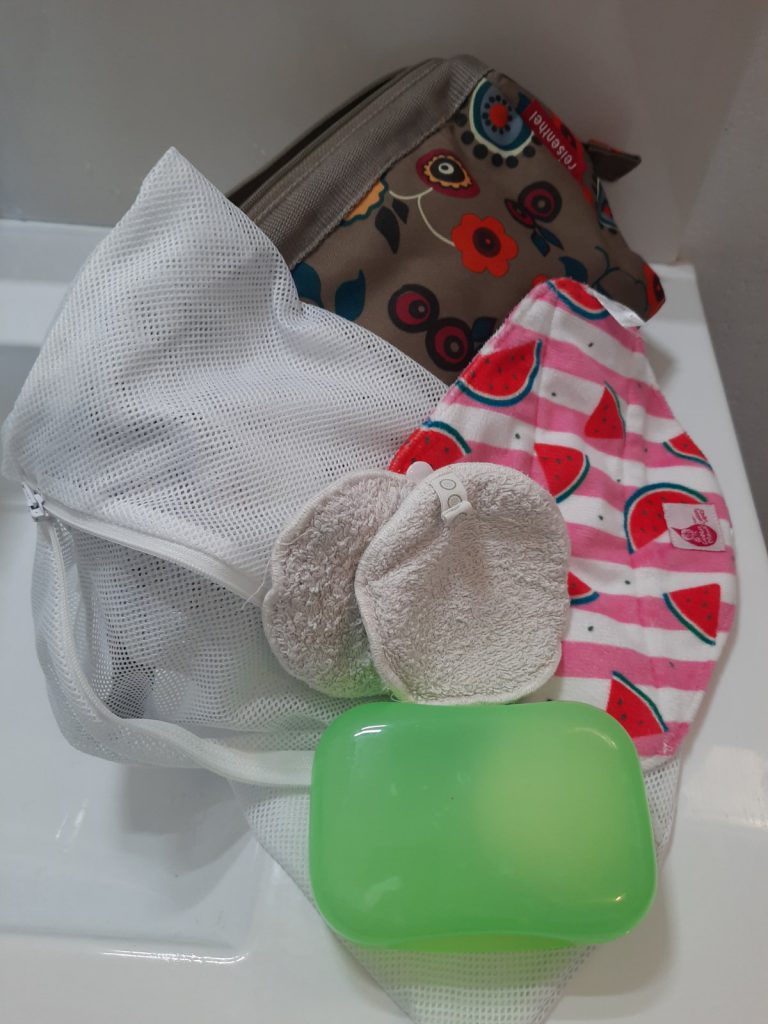
4. Out and about must haves
With holidays come day trips, picnics and sightseeing. It’s hard to carry china cups for a favourite tea, but there are many simple gadgets and items (they don’t have to be new) that can help. Here is my checklist of items to pack when I am out and about.
- Reusable steel water bottle.
- Bamboo kitchen towels (or any other cotton wipes that you can use and bring back with you to wash).
- Collapsable coffee cup.
- Cutlery set (or you can simply borrow cutlery from friends and family who you’re staying with).
- Set of reusable plates (I use plates I bought for kids – they are plastic but reusable).
- Bee wax wrappers or reusable paper or zip bags for sandwiches.
- Cotton or tote shopping bags (handy for shopping or rubbish you might create when visiting).
- Tissues holder (I made my own one).
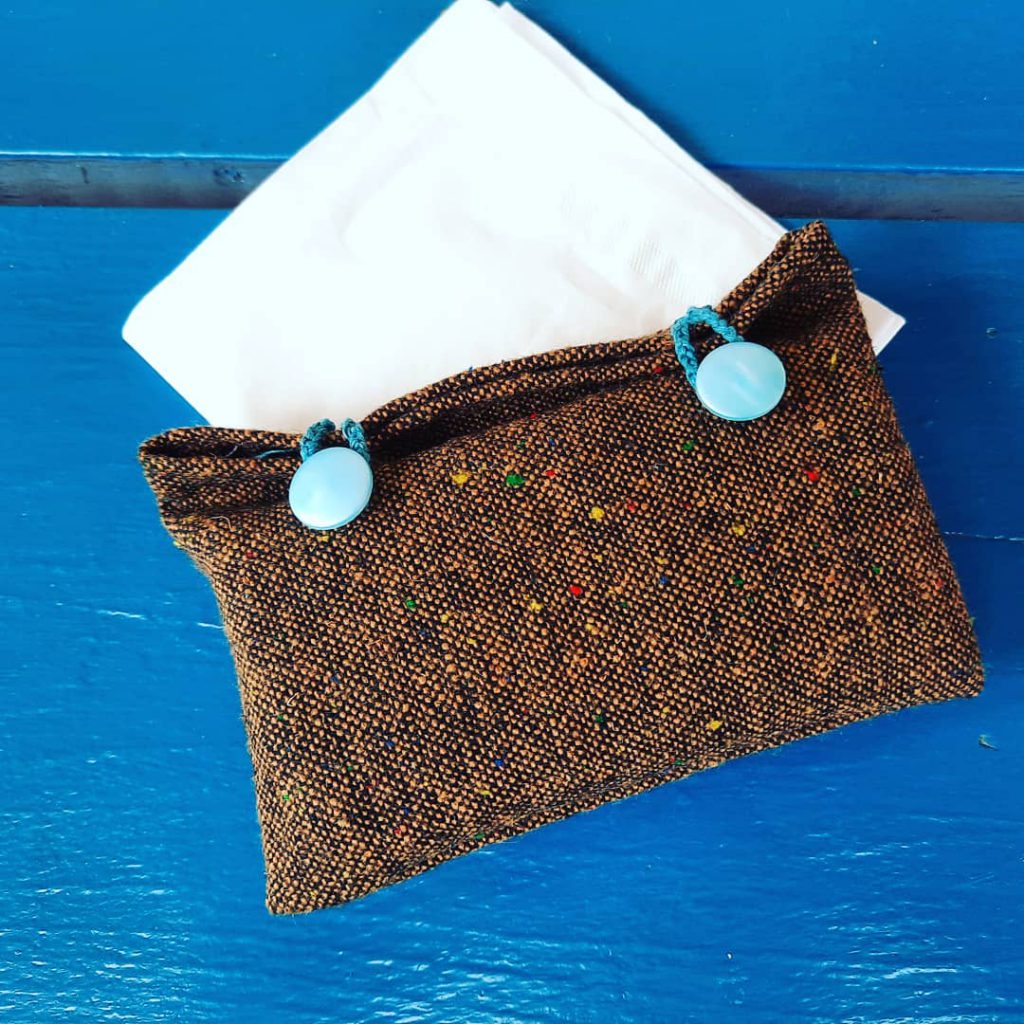
5. For forgetful
But with travelling and packing there will inevitably be forgotten items. How many times did you forget to pack your water bottle or shopping bag? Don’t despair. Eco friendly travel is all about small green steps and even if we have to buy a drink when it’s so hot or eat out, we have a choice when it comes to packaging. I simply follow a rule of finding drinks in most recyclable packaging – for example water or juices in glass bottles or cans.
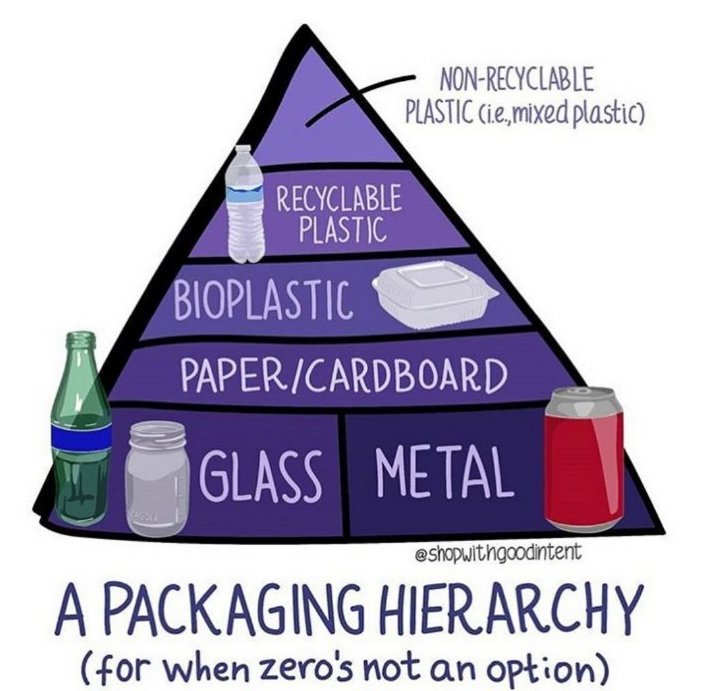
6. No trace left
It’s obvious to many of us, but visiting new places should never come with leaving a trace of bottles, food wrappers and other rubbish. To follow eco friendly travel, I started picking my recyclable items and taking them home when I cannot find the appropriate recycle bins. Not much effort from my side, but this can prevent adding my waste to landfills or oceans.
7. Supporting local
I enjoy buying local products when visiting places. By supporting local economy our holidays turn into eco friendly travel. It doesn’t take much effort to check the label and pay for a souvenir that was created by a local craftsman. A simple gesture helps local communities, makes us into conscious consumers and ‘offsets’ potential pollution that we bring as tourists.
